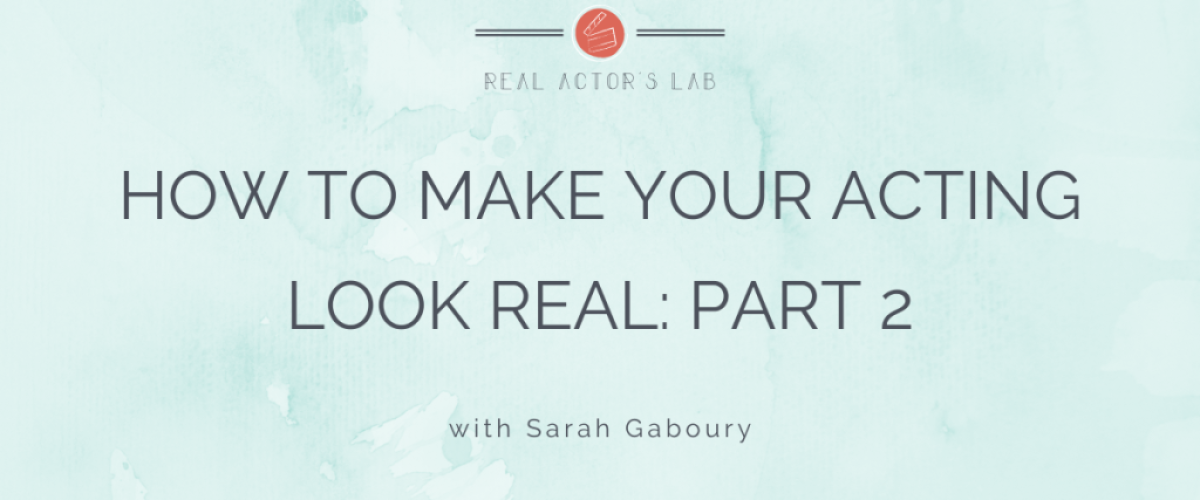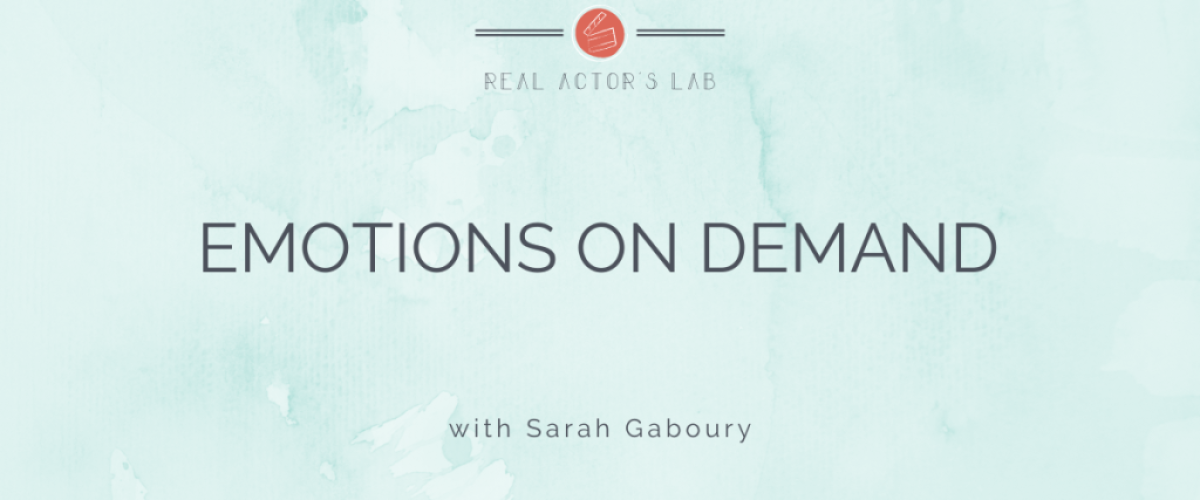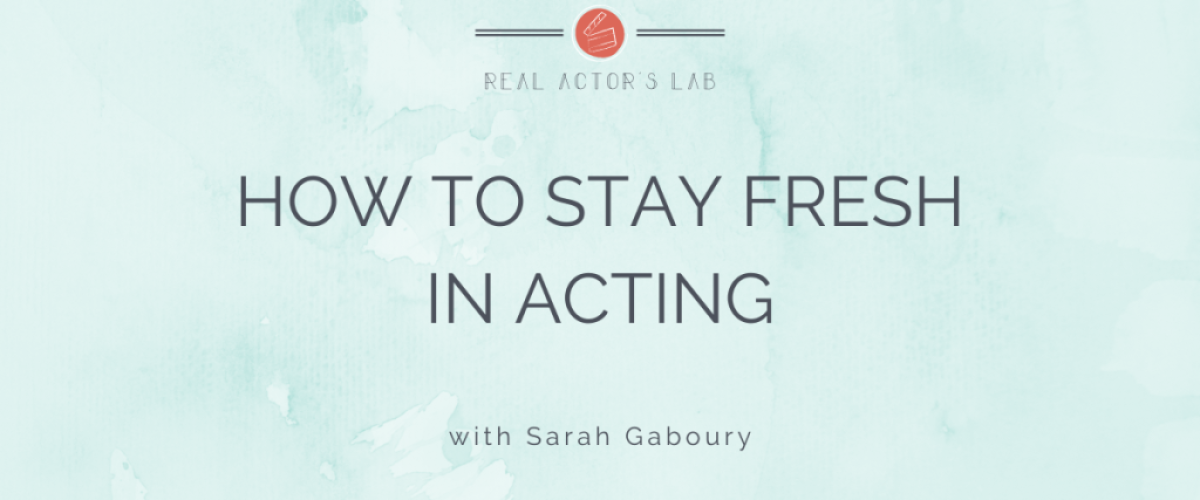How to make acting look real PART 2
A couple weeks ago, I shared a blog about the superpower of imagination and how to use it to make acting look real. You can use your imagination to build memories of moments your character has experienced, and if you go deep enough with that work, you might find that your body does the work of getting emotional. Cool, right? If you haven’t yet, take a look at that post and then come back here to go a little deeper.
So the next piece here is simple: How do you know if it’s working? The key is paying attention to how your imagined memories affect you physically.
Think about a time in your real life when you did something really embarrassing. I once knocked a glass of wine off a table at a tiny, crowded East Village restaurant table with my head while impersonating a woman tossing her hair back. When I relive that moment, to this day, my stomach dips and I feel like face-palming. When emotions are real to your body, your body will let you know…it’s the physical clues you’re looking for – it’s the way you get stirred up by what you use. Those are the moments that will make acting look real.
Check out this clip from class to hear more about how to know when your imagination is really working for you. It’s a game-changer!
CLASS CLIP TRANSCRIPTION
Sarah: Good, so that’s that part. That’s that next part of going through and making sure you’ve got that specificity, you’ve got that specificity of okay, exactly what are my images. And you may find as you work, that you’re building it, and then you can kind of do the line again with the picture and see how it feels. And do I need to adjust the picture? Sometimes what you build is very simple, like if you’re building a simple sentence like, “Where’d you go this afternoon?” “Oh, I went to lunch at this restaurant and I had a ham sandwich.” Very simple, right.
If you’re talking about the last time I saw my mother before she passed away…she was frail and sick and…that is something that you not only have to build with specificity, but how might you treat that differently? If you were working on something where there was a situation like that? How would you know…how would you attempt that differently?
Student: Compared to the ham sandwich?
Sarah: Yeah.
Student: Okay, so I probably would imagine having to visit her in the hospital, like maybe when she first got sick, and I had to rush her to the hospital. Maybe being beside her on her deathbed and telling her I love her, like that.
Sarah: How would you know if it was working?
Student: For me personally, if I was…if it was hard to get out, if it’s hard for me to say, like if I’m crying or tearing up or something or I’m just like incredibly sad.
Sarah: Yeah. Is it affecting me? And that’s how, that’s what the work looks like. Like when you’re rehearsing, it may be that right off the bat, that what you’ve built isn’t affecting you. And so then you’ve gotta go deeper, or you’ve gotta go, okay, why is this not affecting me yet? Is it that my imagery isn’t right? Is it that I’m blocked off emotionally about this? Did I lose my mother and now I don’t wanna feel this? Why, why? Right? And then I gotta go do…that’s why no scene is the same. Because our lives are all so uniquely different, right? And we’re all gonna have different stuff. So we gotta go in and go, am I telling the story right now?
Student: Mmhmm. Okay. Yeah, it’s a good question to ask yourself.
Sarah: Yeah. Am I telling the story? Cuz that’s it. It’s not, do I sound natural? It’s am I telling the story that needs to be told.




